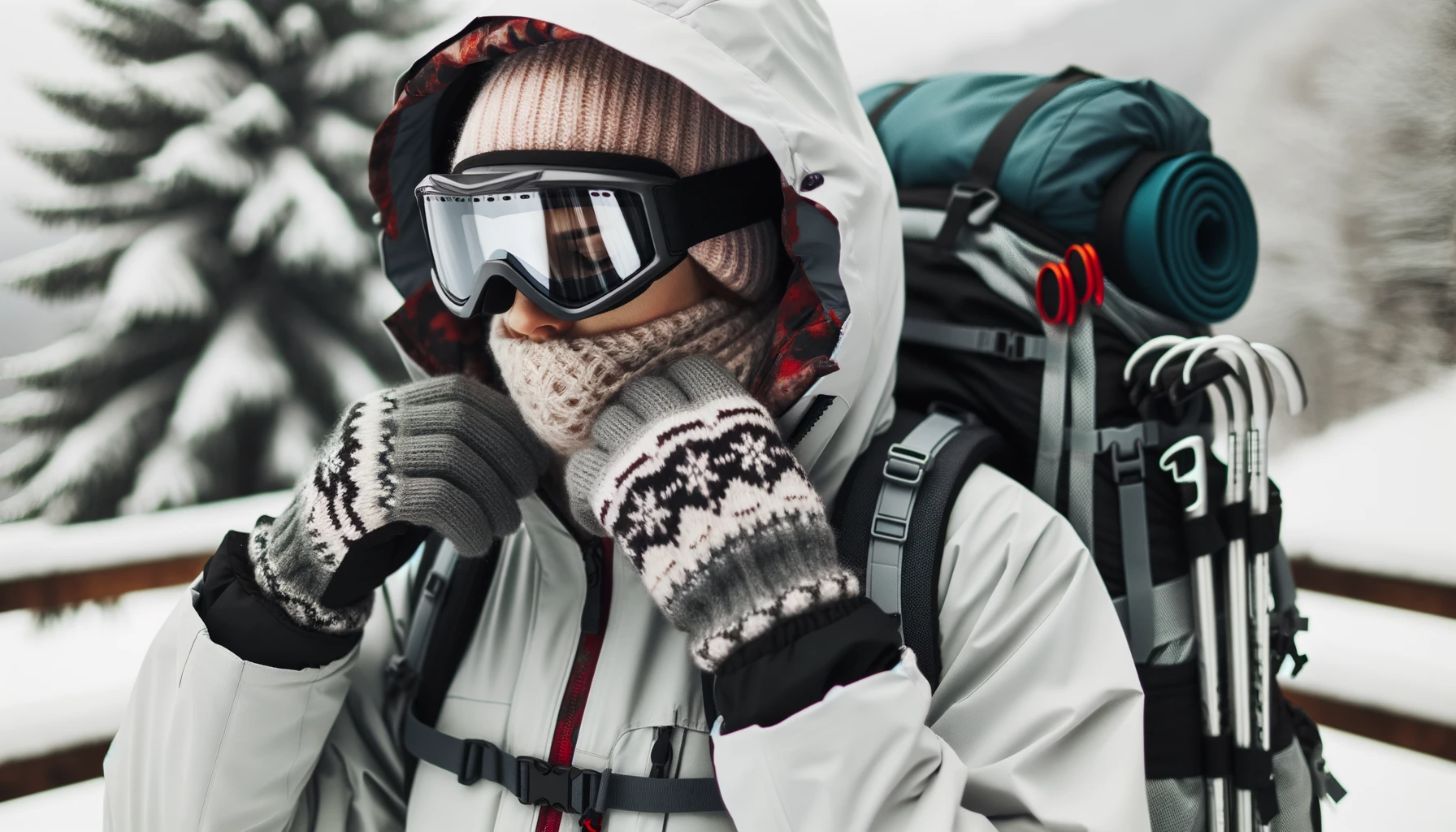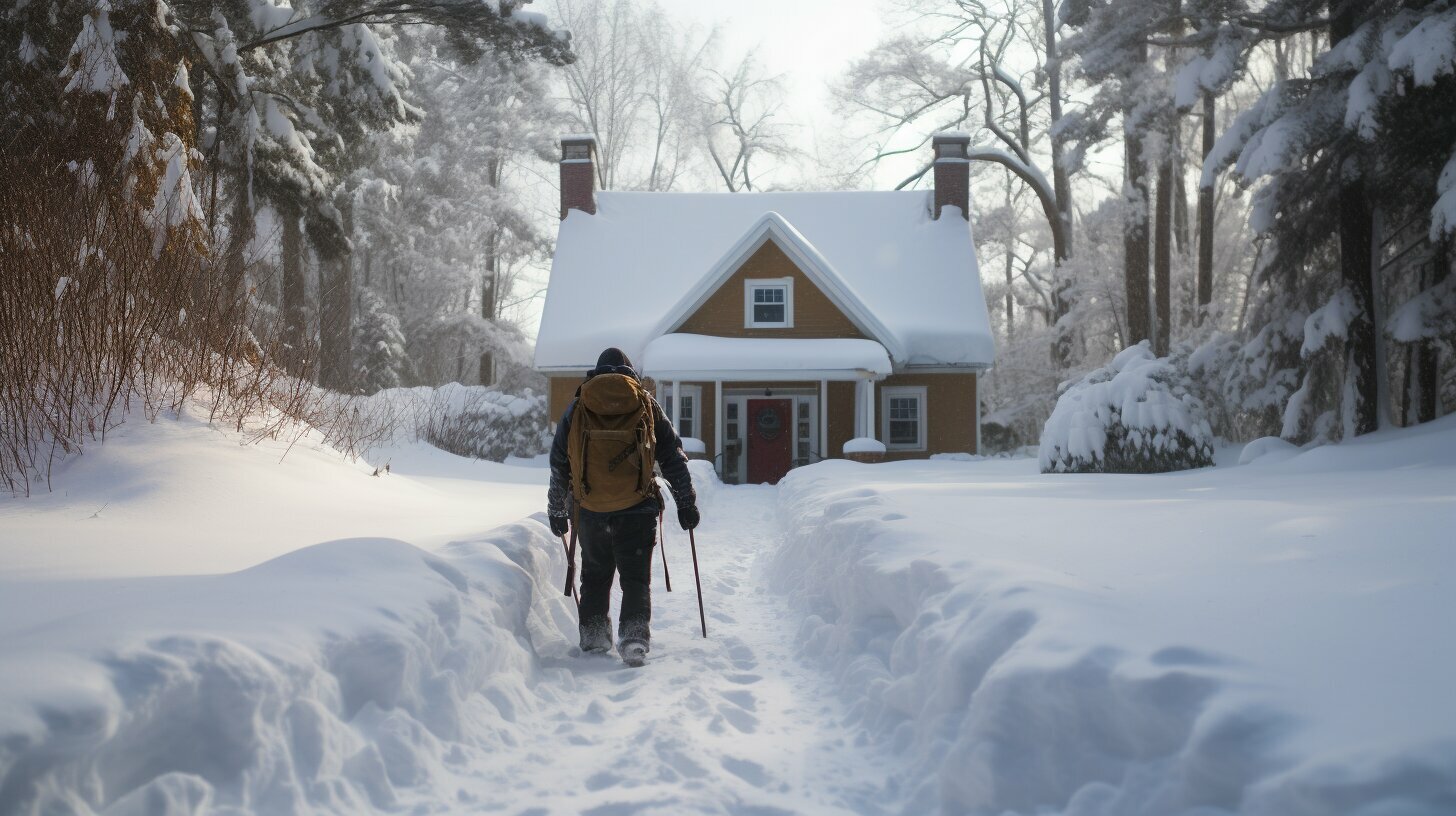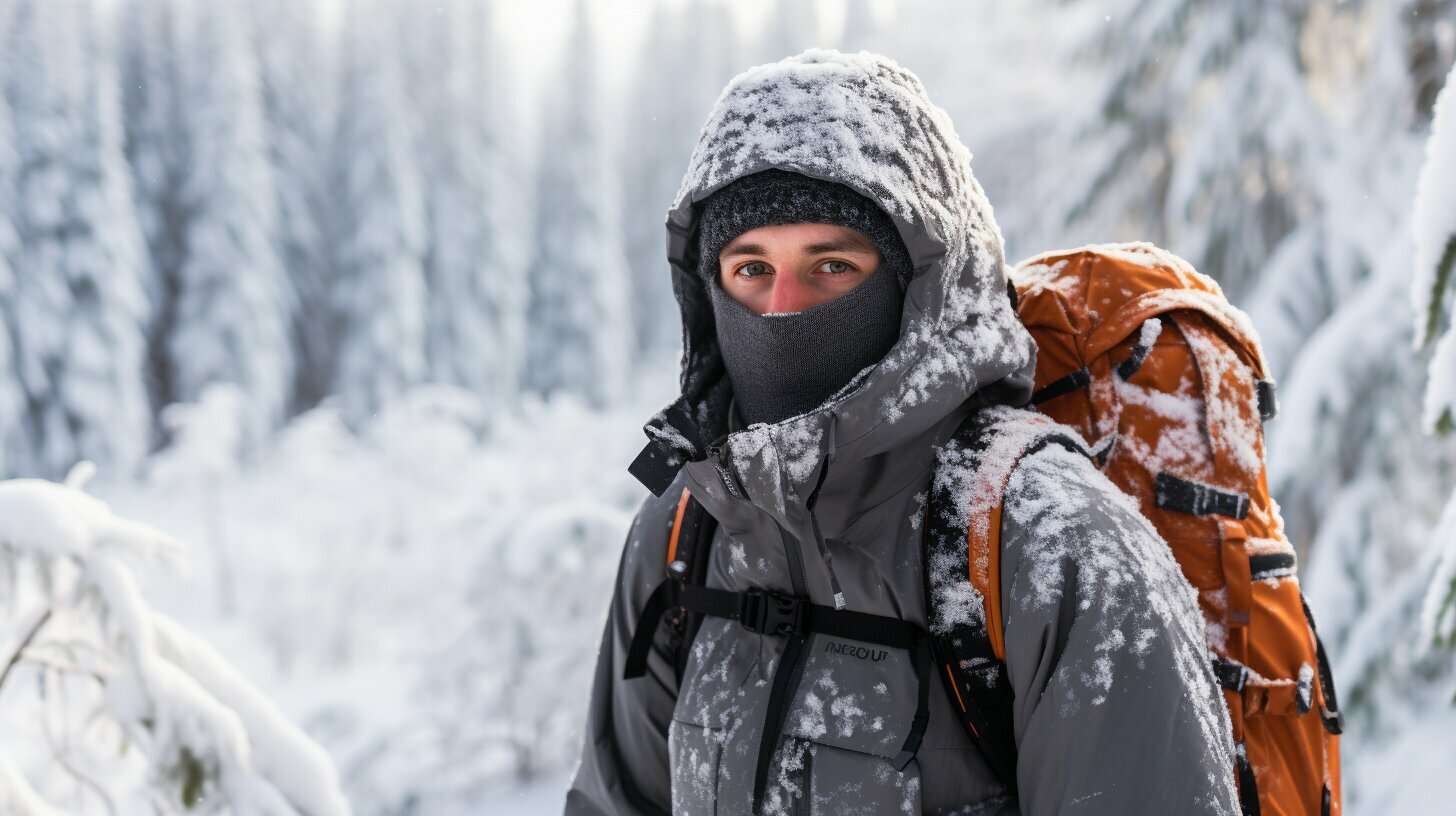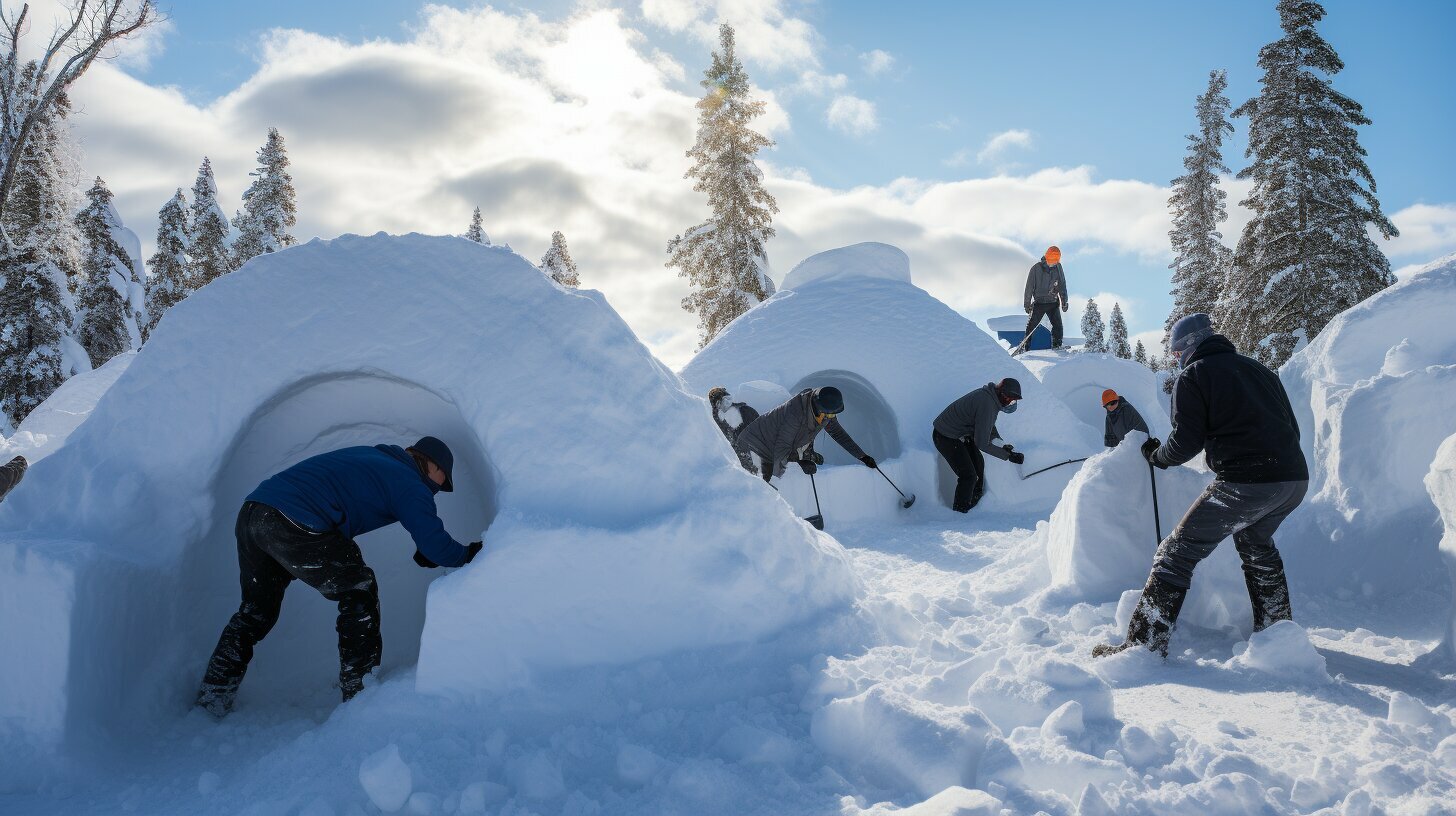Winter can be a beautiful season, but it also brings some challenges, especially when it comes to extreme cold weather. To help you stay safe and warm in freezing temperatures, we’ve put together a list of top tips for surviving extreme cold.
From preparing for extreme cold to dressing appropriately, managing home heating, and staying safe during outdoor activities, we’ve got you covered. By following these tips, you can enjoy the winter season while staying protected.
Key Takeaways
- Preparing for extreme cold is crucial for ensuring your safety
- Dressing properly is essential for staying warm in extreme cold
- Proper heating and emergency supplies can help you stay warm during power outages
- Frostbite and hypothermia are serious conditions to be aware of in extreme cold
- Driving in extreme cold requires extra caution and preparedness
Understanding Extreme Cold Weather
Surviving extreme cold requires understanding the effects of freezing temperatures on the body and the importance of proper preparation. In this section, we’ll discuss the key considerations for staying safe and warm in extreme cold weather conditions.
How Extreme Cold Affects the Body
When exposed to extreme cold, your body’s natural response is to reduce blood flow to your extremities in order to keep the core organs warm. This can lead to numbness, tingling, and eventually frostbite if left untreated. Hypothermia, a dangerous drop in body temperature, can also occur if you’re not properly dressed for extreme cold. Symptoms of hypothermia include shivering, confusion, and loss of coordination.
Disclosure: When you buy through links on our site, we may earn an affiliate commission.
The Importance of Proper Preparation
Preparing for extreme cold weather conditions is critical for staying safe and warm. This includes having appropriate clothing and gear, such as insulated jackets, snow boots, hats, and gloves. Additionally, it’s important to make sure your home and vehicle are properly equipped for freezing temperatures, with generators, blankets, and extra food and water on hand in case of power outages or other emergencies.
Staying Warm in Extreme Cold
To stay warm in extreme cold weather conditions, it’s important to dress in layers and choose materials that trap heat close to the body, such as wool or down. Covering exposed skin with a scarf or balaclava can also help prevent frostbite. Remember to stay hydrated and avoid alcohol or caffeine, as these can impair your body’s ability to regulate temperature.
Cold Weather Safety Precautions
When engaging in outdoor activities during extreme cold, it’s important to take necessary safety precautions to avoid injury or hypothermia. This includes informing others of your plans and expected return time, carrying a fully charged cell phone and emergency supplies, and avoiding overexertion or prolonged exposure to the cold.
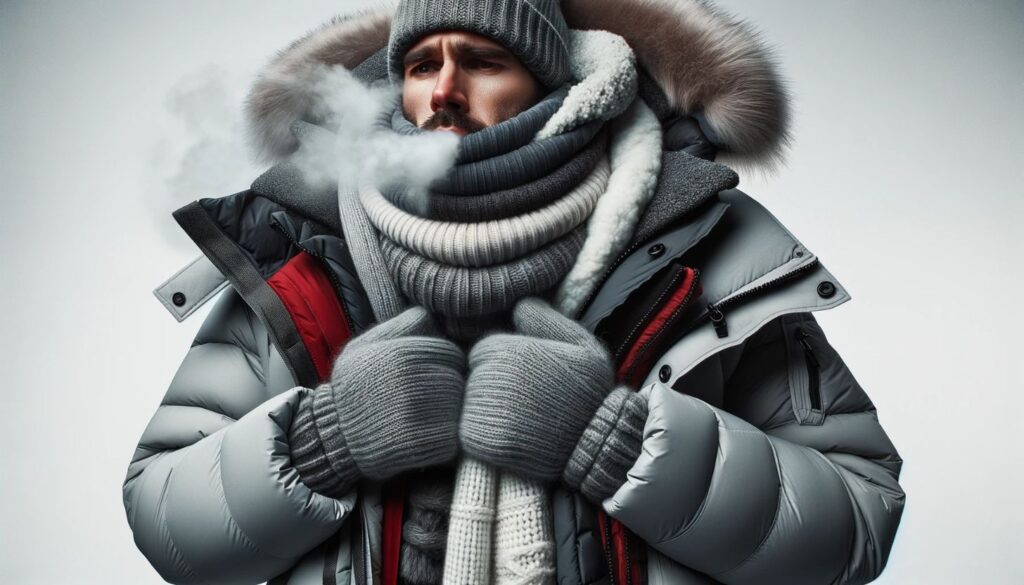
By understanding the effects of extreme cold on the body and taking the necessary precautions, you can stay safe and warm in even the most frigid conditions. In the next section, we’ll provide essential tips on preparing for extreme cold weather.
Preparing for Extreme Cold
When it comes to extreme cold, preparation is key. The right gear and techniques can make all the difference between a miserable experience and a comfortable one. Here are some essential tips for preparing yourself and your surroundings for extreme cold:
Invest in Cold Weather Survival Gear
Having the right gear is essential for staying warm and safe in extreme cold. Make sure to invest in high-quality cold weather clothing, including a warm coat, waterproof boots, insulated gloves, and a hat or headband to cover your ears. Layering is also important for regulating body temperature. Wear a base layer of moisture-wicking fabric, a middle layer of insulation, and an outer layer for protection against wind and water.
Additionally, consider investing in other essential cold weather gear, such as hand warmers, foot warmers, and a balaclava to cover your face. If you plan on spending a significant amount of time outdoors, a portable heater or warming shelter may also be necessary.
Learn Winter Survival Techniques
Knowing how to survive in extreme cold is more than just wearing the right clothes. You should also learn basic techniques for staying warm and safe in freezing temperatures, such as how to build a shelter, start a fire, and obtain water. It’s also important to know how to recognize and prevent cold-related illnesses like hypothermia and frostbite.
Prepare Your Living Space
Your living space should also be properly prepared for extreme cold. Make sure your home is well-insulated and free of drafts. Check your heating system to ensure it’s in good working order and consider investing in a backup heat source, like a generator or wood stove. Stock up on non-perishable food, drinking water, and essential supplies like flashlights and batteries in case of power outages.
Prepare Your Vehicle
Surviving freezing temperatures also means being prepared on the go. Keep your car in good condition, with adequate antifreeze and a full gas tank. Pack your car with essential cold weather gear, such as blankets, extra gloves, hats, and a snow shovel. Consider keeping a stash of high-energy snacks and drinking water in your car in case of emergency.
By following these tips for preparing for extreme cold, you can stay warm and safe even in the harshest winter conditions. Remember to always be prepared and take necessary precautions to protect yourself and your loved ones.
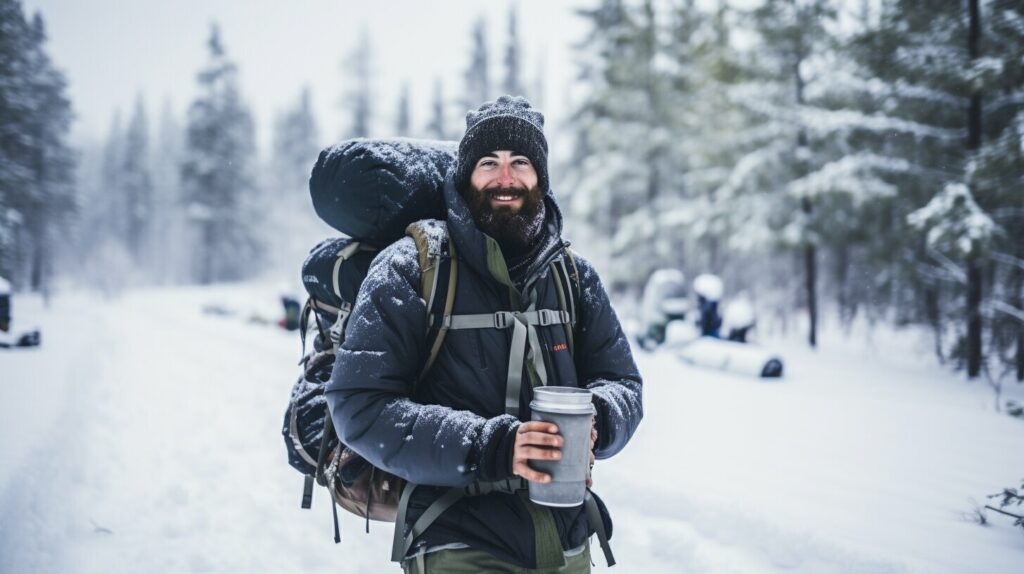
Dressing for Extreme Cold
When it comes to surviving extreme cold, dressing properly is crucial for staying warm and safe. Here are some essential tips for selecting the right clothing:
Selecting the Right Layers
Layering your clothing is the key to staying warm in extreme cold. Start with a base layer made of moisture-wicking material, such as polypropylene, to keep sweat away from your skin. Add an insulating layer, such as fleece or wool, for warmth. And finish with an outer layer that is both windproof and waterproof to protect you from the elements.
Choosing the Right Materials
Not all materials are created equal when it comes to extreme cold. Look for clothing made of wool, down, or synthetic materials such as PrimaLoft, which offer excellent insulation. Avoid cotton, which loses its insulating properties when wet.
Selecting the Right Accessories
Accessories can make all the difference in extreme cold. Look for a hat, gloves, and scarf made of wool or synthetic materials for warmth. Protect your face with a balaclava or face mask. And don’t forget about your feet! Choose winter boots that are both warm and waterproof.
Using Cold Weather Survival Gear
There are also specialized pieces of cold weather survival gear that can help keep you warm, such as hand and foot warmers, heated clothing, and even blankets. Consider adding these items to your winter survival kit.
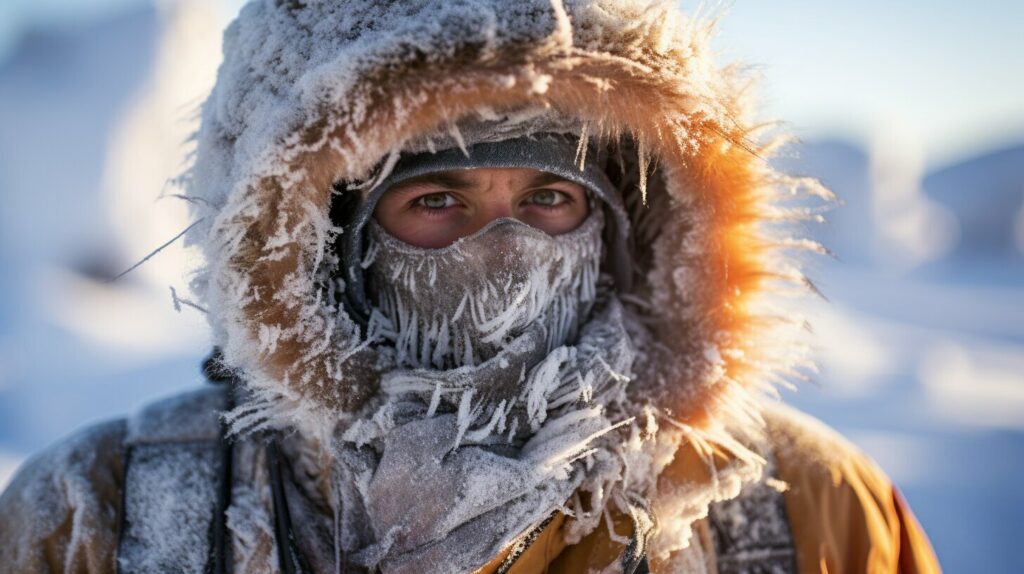
Remember, the key to staying warm in extreme cold is to dress in layers, choose the right materials, and protect your extremities with accessories and gear.
Tips for Outdoor Activities in Extreme Cold
Winter shouldn’t limit your outdoor activities, but it’s important to take precautions when engaging in physical activity in extreme cold. Follow these winter survival techniques to stay safe and warm while enjoying your favorite outdoor activities.
Clothing
Proper clothing is essential when spending time outside in extreme cold weather. Wear warm, layered clothing made of materials that wick away sweat and moisture, such as wool or synthetic fabrics. Avoid cotton, which retains moisture and can lead to hypothermia. Wear a hat, gloves, and insulated boots to keep your extremities warm and protected.

Stay Hydrated
Even in cold weather, your body needs fluids to function properly. Drink plenty of water and warm beverages while engaging in outdoor activities to prevent dehydration.
Know Your Limits
Extreme cold puts extra strain on your body, so listen to your body and know your limits. Don’t push yourself too hard and take breaks as needed to avoid overexertion.
Be Prepared for Emergencies
Always carry a winter survival kit with you when engaging in outdoor activities in extreme cold. Your kit should include essentials like a first aid kit, extra clothing, food, and an emergency blanket. Additionally, inform someone of your planned route and expected return time, in case of emergency.
Check the Weather
Before heading out, check the weather forecast for any extreme cold warnings or advisories. Know the signs of hypothermia and frostbite to be prepared in case of an emergency.
By following these winter survival techniques, you can safely enjoy your favorite outdoor activities in extreme cold weather. Remember to dress appropriately, stay hydrated, and be prepared for emergencies.
Managing Home Heating in Extreme Cold
When the temperature drops significantly, it’s important to have a reliable heating system in place. Here are some tips to help you efficiently heat your home and prevent common cold-related issues:
Insulate Your Home
Before the cold weather hits, make sure your home is properly insulated. Check for drafts around windows and doors, and fill any gaps or cracks with weatherstripping or caulking. Insulate your attic and walls, and consider adding insulation to your floors and basement. This will help keep the warm air inside and prevent cold air from seeping in.
Set Your Thermostat to a Reasonable Temperature
While it may be tempting to crank up the heat, setting your thermostat to a reasonable temperature can save you money on energy bills and prevent your heating system from overworking. The U.S. Department of Energy recommends setting your thermostat to 68°F during the day and lowering it to 60°F at night or when you’re away from home.
Use a Programmable Thermostat
A programmable thermostat can help you save even more on energy bills by automatically adjusting the temperature based on your schedule. Program your thermostat to lower the temperature when you’re away from home or sleeping, and raise it back up when you’re back. This can save you up to 10% on heating costs each year.
Keep Your Heating System Maintained
Regular maintenance can help your heating system run efficiently and prevent breakdowns. Change your air filter regularly and have your system serviced by a professional at least once a year. A well-maintained system will last longer and save you money on repairs and replacement costs.
Use Space Heaters Safely
If you need to supplement your heating system with a space heater, make sure to use it safely. Keep it at least three feet away from any flammable materials and never leave it unattended.

Staying Warm during Power Outages
Power outages are common during extreme cold weather and can last for several hours or even days. When faced with a power outage, it’s crucial to stay warm and safe to avoid cold-related injuries. Here are some tips to help you stay warm:
Layer Up
The key to staying warm during a power outage is to wear multiple layers of clothing. Layering helps to trap heat between the layers, keeping your body warm. Put on thermal underwear, wool or fleece sweaters, and a winter coat to keep yourself insulated. Don’t forget to wear a warm hat, gloves, and thick socks to keep your extremities warm.
Use Alternative Heating Sources
If you have a fireplace, wood stove, or kerosene heater, use them as an alternative heating source. Make sure they are properly vented and placed away from flammable materials to prevent fire hazards. You can also use portable electric heaters, but make sure to keep them away from curtains, furniture, and other flammable materials.
Seal Windows and Doors
Seal any drafts around your windows and doors with weatherstripping or caulk to prevent cold air from entering your home. You can also use draft stoppers or towels to block any drafts. This will help to keep your home warmer and conserve heat.
Close Off Unused Rooms
Closing off unused rooms can help to keep the heat in the rooms you are using. This will also help to conserve heat and energy. Make sure to keep the doors closed and use draft stoppers to prevent cold air from entering the rooms.
Stay Active
Engage in light physical activities to generate body heat and keep yourself warm. Do some light exercises or activities such as cleaning, organizing, or playing board games to stay active. Avoid activities that can make you sweat, as wet clothing can make you feel colder.
Eat and Drink Warm Foods and Beverages
Eating and drinking warm foods and beverages can help to raise your body temperature and keep you warm. Drink warm tea, coffee, or hot chocolate, and eat hot soups, stews, or oatmeal. Be sure to stay hydrated by drinking water as well.
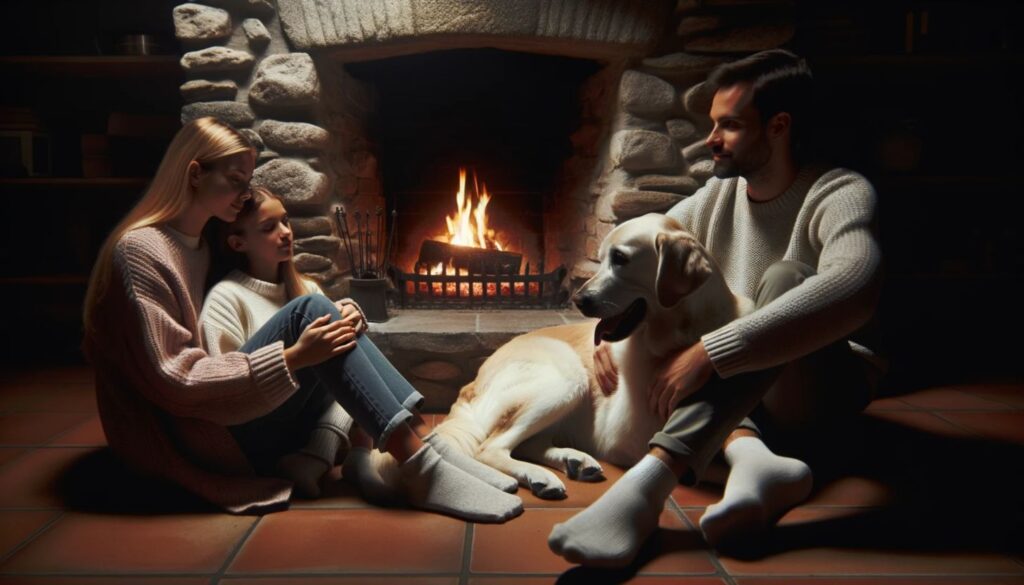
By following these tips, you can stay warm and safe during power outages caused by extreme cold weather. Remember to prepare ahead of time and have a plan in place in case of a power outage.
Tips for Safe Driving in Extreme Cold
Driving in extreme cold weather can be treacherous and poses numerous dangers. From icy roads to reduced visibility, it’s essential to take extra precautions when driving in freezing temperatures. Follow these cold weather safety precautions to ensure your safety and the safety of your passengers on the road:
Prepare your Vehicle
Before hitting the road, prepare your vehicle for extreme cold. Check and make sure your tires are properly inflated, your windshield wipers are functioning correctly and they are free of ice and snow. Use high-quality winter tires to ensure good traction. Always keep your gas tank at least half full to avoid a gas line freeze-up. In case of an emergency, pack a survival kit in your vehicle that includes blankets, warm clothing, and emergency supplies.
Drive Slowly and Carefully
When driving in extreme cold, slow down and allow extra time for your trip. Turn on your headlights to increase your visibility, and use low beams to reduce glare. Keep a safe distance from other vehicles to allow more time to react to sudden stops or turns. Use gentle and gradual movements for braking, accelerating, and turning.
Watch for Black Ice
Black ice is a transparent layer of ice that can be difficult to see on the road, making it a major hazard for drivers. It often forms on bridges, overpasses, and shaded areas. Watch for clues such as ice buildup on the side mirrors, and if you suspect black ice, slow down and avoid sudden movements.
Stay Alert
When driving in extreme cold weather, it’s essential to stay alert and focused. Avoid distractions such as texting, eating, or adjusting the radio while driving. If you feel tired, pull over and take a break.
By following these extreme cold weather survival tips, you can stay safe on the road and avoid accidents. Always prioritize your safety when driving in extreme cold weather.
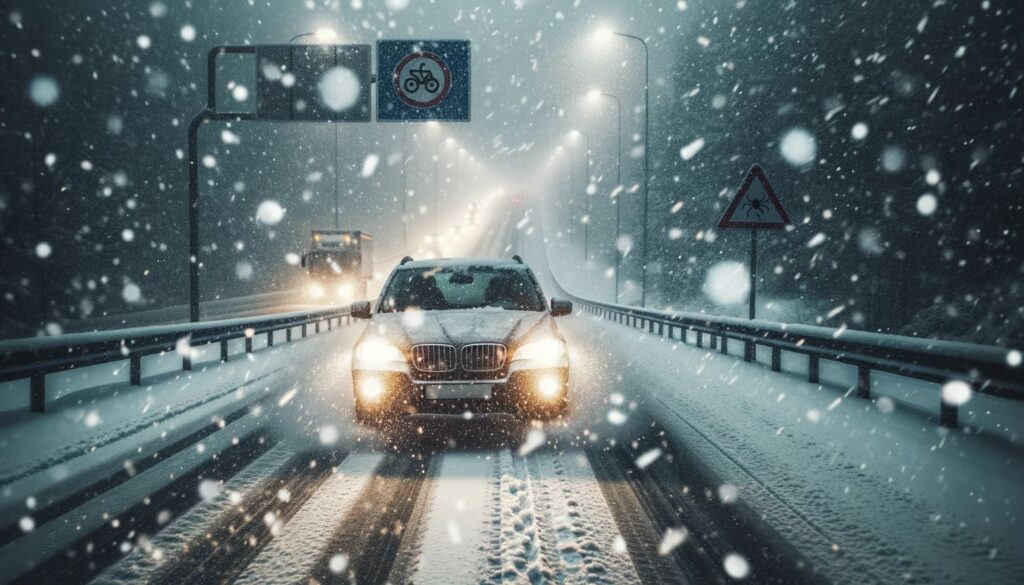
Tips for Safe Driving in Extreme Cold
Winter weather conditions require extra caution and preparedness when driving. Whether you’re going on a long road trip or just commuting to work, it’s essential to take the necessary precautions to stay safe on the road. Follow these tips for safe driving in extreme cold:
- Prepare your vehicle: Be sure to equip your car with winter tires, an ice scraper, and snow brush. Consider having a professional check your battery, brakes, and fluids to ensure they’re in good working condition.
- Plan your route: Check weather and road conditions before heading out, and plan your route accordingly. Avoid areas that are most likely to be impacted by snow or ice, and leave extra time for travel.
- Drive slowly: Icy roads can be treacherous, and black ice can be difficult to spot. Reduce your speed and give yourself plenty of time to react to changing conditions.
- Keep a safe distance: Leave more space than usual between you and the car in front of you to allow for safe braking, and avoid sudden movements to prevent skidding.
- Use your lights: Turn on your headlights to improve visibility, especially during snowfall or low-light conditions. Use high beams only when necessary, and be mindful of other drivers on the road.
- Stay alert: Extreme cold can be fatiguing. Take frequent breaks to stretch your legs and re-energize, and avoid driving if you feel drowsy or unwell.
- Have emergency supplies: In case of an emergency, have basic supplies on hand like blankets, water, flashlight, and non-perishable food items.
In addition, it’s important to remember that even the most experienced drivers can encounter problems during extreme cold weather. If possible, avoid driving in these conditions altogether. If you must drive, proceed with caution and stay alert at all times.
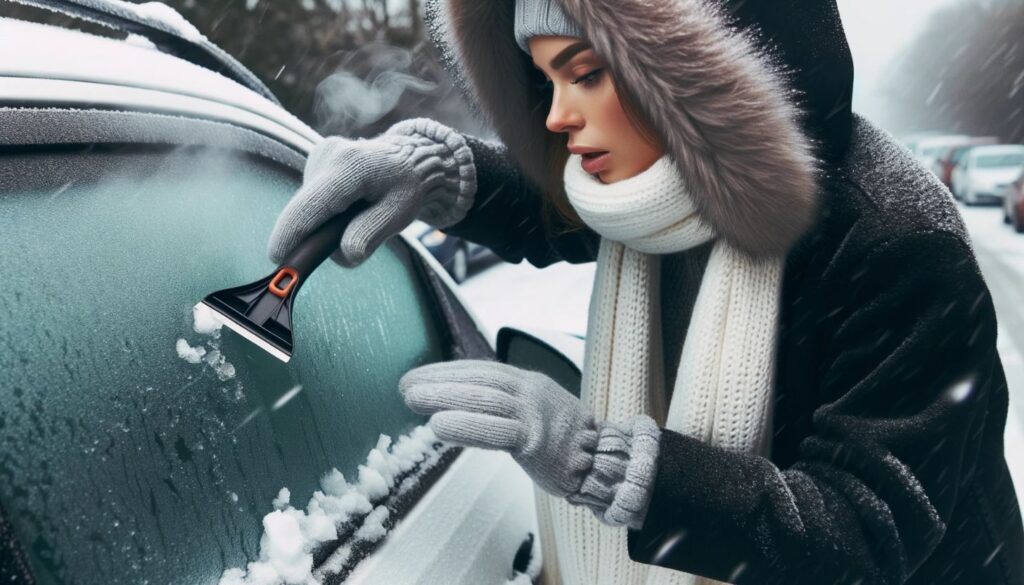
Winter Safety at Home
During extreme cold weather, staying safe and warm at home is crucial. Take the following precautions to protect yourself and your family from accidents and injuries:
- Keep your home well-heated and insulated to prevent pipes from freezing and reduce the risk of fire from heaters.
- Make sure your smoke and carbon monoxide detectors are working properly and have fresh batteries.
- Avoid using stoves, ovens, or grills as a heat source, as they release carbon monoxide, an odorless and toxic gas.
- Use only safe heating sources, such as electric heaters, wood stoves, or fireplaces, and keep them at least three feet away from flammable materials, such as curtains, furniture, or bedding.
- Do not overload electrical circuits or use extension cords in place of permanent wiring, as this can increase the risk of electrical fires.
- Stock up on food, water, and essential supplies in case of power outages or severe weather conditions that prevent you from leaving your home.
- Prepare an emergency kit with first aid supplies, blankets, flashlights, and a battery-operated radio or TV.
By taking these winter safety measures, you can avoid common hazards and enjoy a warm and comfortable home during extreme cold weather.

Tips for Safe Driving in Extreme Cold
Driving in extreme cold weather can be challenging and dangerous. However, with proper preparation and caution, it’s still possible to travel safely to your destination. Here are some top tips to help you stay safe on the road:
- Prepare your vehicle: Before setting out, make sure your vehicle is in good condition and has been serviced recently. Check that all lights, brakes, and tires are working properly, and consider using winter tires with good traction. Keep your gas tank at least half full to avoid moisture in the fuel line from freezing, and pack an emergency kit with blankets, food, water, and a flashlight in case you get stranded.
- Monitor weather and road conditions: Check weather forecasts and road reports before you depart, and adjust your plans if necessary. Avoid driving during storms or in high winds, and be aware of black ice and other hazards on the road. Drive slowly and gently, and leave plenty of space between your vehicle and others to allow for sudden stops or skids.
- Use appropriate driving techniques: In extreme cold weather, it’s important to use smooth, controlled movements when driving. Avoid sudden turns, stops, or accelerations, which can cause your vehicle to skid or lose control. Use your headlights and signal lights to communicate with other drivers, and use your brakes carefully to avoid locking up the wheels.
- Stay alert and focused: Driving in extreme cold can be tiring and stressful, so make sure you’re well-rested and alert before you start your journey. Take regular breaks to stretch your legs and refresh your mind, and avoid distractions such as using your phone or eating while driving.
- Know what to do in an emergency: Even with the best preparation and caution, accidents can still happen in extreme cold weather. If you’re involved in a collision or your vehicle breaks down, stay with your vehicle and try to call for help. Use your emergency kit to stay warm and fed, and signal for assistance with flares or other devices if necessary.
With these tips in mind, you can minimize the risks of driving in extreme cold weather and stay safe on the road. Remember to always prioritize your safety and the safety of others, and don’t take unnecessary risks when driving in challenging conditions.
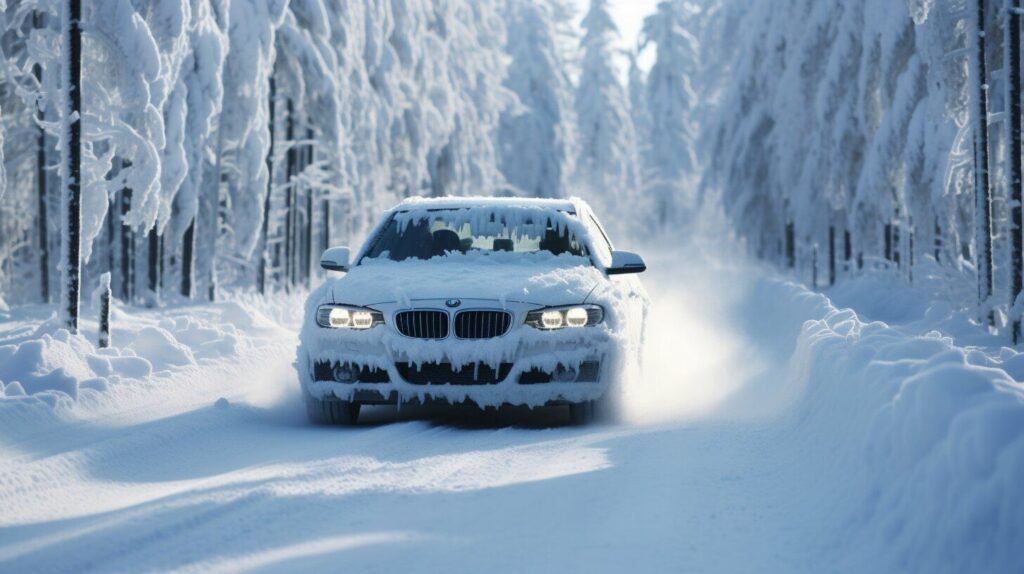
Conclusion
Surviving extreme cold requires proper preparation, knowledge, and caution. By following these top tips for surviving extreme cold, you can ensure your safety and stay warm even in the harshest winter conditions. Remember to prepare your home, vehicle, and yourself adequately for freezing temperatures.
Dressing appropriately is crucial for staying warm and safe in extreme cold. Pay attention to layering, materials, and accessories that can help you maintain body heat. When engaging in outdoor activities, take necessary precautions to avoid cold-related injuries and accidents.
Proper home heating and efficient energy use are crucial during extreme cold. Have a reliable heating system and emergency supplies in place to avoid undue stress in case of power outages or cold-related issues. Additionally, take necessary safety measures to prevent cold-related accidents and injuries at home.
Remember to monitor your body for signs of frostbite and hypothermia, and take prompt action in case of any cold-related injuries. By following these tips and applying winter survival techniques, you can enjoy the winter season while staying protected.
FAQ
What are some tips for surviving extreme cold?
The top tips for surviving extreme cold include preparing for the cold, staying warm, and ensuring your safety during freezing temperatures.
What challenges does extreme cold weather pose?
Extreme cold weather can have serious effects on the body and requires proper preparation to stay warm and safe.
How can I prepare for extreme cold?
To prepare for extreme cold, make sure to take essential steps to prepare your home, vehicle, and yourself for freezing temperatures.
How should I dress for extreme cold?
Dressing properly for extreme cold involves selecting the right layers, materials, and accessories to keep you warm and protected.
Are there any tips for outdoor activities in extreme cold?
Even in extreme cold, outdoor activities can be enjoyable if you take necessary precautions. Learn how to safely engage in various outdoor activities during freezing temperatures.
How can I manage home heating in extreme cold?
When the temperature drops significantly, it’s important to have a reliable heating system in place. Find advice on how to efficiently heat your home and prevent common cold-related issues.
What can I do to stay warm during power outages?
Power outages can pose a serious risk during extreme cold. Discover strategies to stay warm and safe when faced with a loss of electricity.
What are frostbite and hypothermia, and how can I recognize them?
Frostbite and hypothermia are serious conditions that can occur in extreme cold. Learn about their signs, symptoms, and appropriate actions to take in case of these emergencies.
Are there any tips for safe driving in extreme cold?
Driving in extreme cold requires extra caution and preparedness. Get valuable tips for safe driving during freezing temperatures, including advice on vehicle maintenance and emergency supplies.
How can I ensure winter safety at home?
Extreme cold weather can present unique safety hazards at home. Discover essential winter safety measures to protect yourself and your family from accidents and injuries.
What should I do in case of cold-related injuries?
Cold-related injuries require prompt and appropriate first aid. Get guidance on how to treat common cold-related injuries, such as frostbite and hypothermia.

